Patents of Interest for 2016
Posted on Dec 28, 2016 in Articles
This article originally appeared in The Legal Intelligencer on December 28, 2016
Would you like to predict the future? It’s possible – just look at patents and patent applications to get a sense of the world of technology that will soon be approaching. While many patents will never lead to actual physical products, others can give a good sense of important business developments that may be just around the corner.
This time last year, The Legal Intelligencer published an article regarding interesting intellectual property that was available to the public. It is twelve months later, and many more patents and patent applications have surfaced that are of interest.
1. CHOLESTEROL LOWERING MEDICATION (U.S. Patent RE37,314)
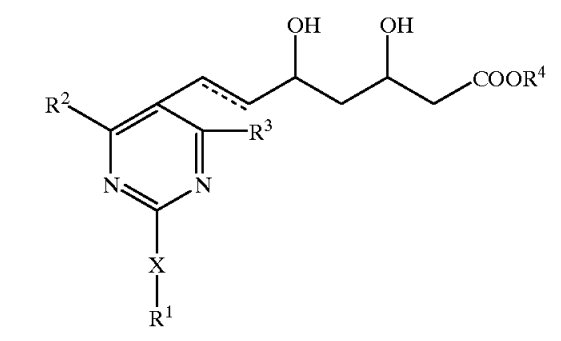
The big story here is not that a new patent has been granted, but that an older patent has expired. Crestor is the blockbuster drug that was developed by Shionogi to treat high cholesterol. After receiving FDA approval in 2003, sales of the drug have been huge – exceeding $5 billion in 2013. Alas, all good things (for Crestor’s manufacturer) must come to an end. As drug patents expire, generics become available at substantially lower prices than the name brand medications. Crestor is no different. Pricing for the generic is 90% lower than when Crestor’s patent was in force.
2. FLEXIBLE SMART PHONES (U.S. Patent 9,504,170)
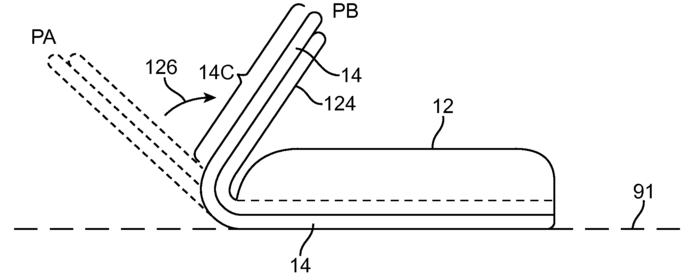
Apple dealt with a public relations nightmare when the news was filled with reports of bent Apple 6 Plus smart phones. But what if a smartphone was designed to intentionally be folded? Apple has now patented a phone that is designed to bend. The phone can be folded so that the display faces outwards from the front and back, or inwards towards itself. The technology can be used with any type of electronic device, including laptops and tablets.
3. HIGH SPEED 3D PRINTING (U.S. Patent Application 2016/0107380)
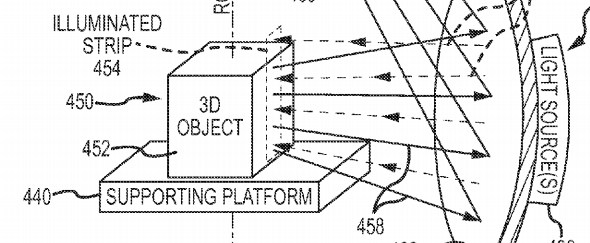
3D printing is normally a slow process; the object being printed is produced by the printer layer-by-layer. Printing of a small object using current technology can require several hours. Disney has invented a 3D printer that can produce an object with “near instantaneous” timing. The printer uses lasers and mirrors to cause a photo-curing liquid to be cured almost immediately.
4. BIONIC EYE (U.S. Patent Application 2016/0113760)
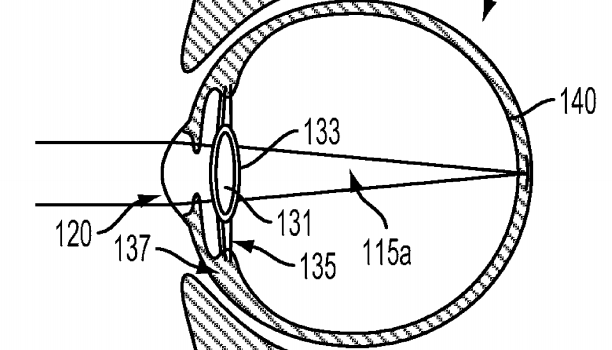
In the 1970s prime time TV featured Steve Austin, the bionic man. He had an electronic eye implant that provided vision that was superior to that obtainable by a human eye. Google is attempting to convert science fiction into reality with an implantable device that includes an electronic lens. The lens can be controlled to see objects far away (i.e. greater than 20 centimeters) and to see objects that are nearby (i.e. about 9 centimeters). The device is controlled directly by eye muscles or alternatively by wireless signals received via an antenna. A rechargeable battery supplies power and is recharged wirelessly.
5. DRONE CAPTURE (U.S. Patent 9,085,362)
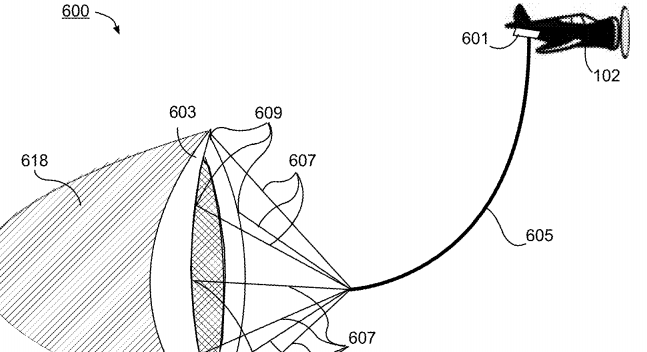
Drone technology has become very popular in recent years due to microprocessor control, lighter structural materials, and improved battery technology. While drone use has significantly increased, so have the opportunities for drones to be used in destructive capacities. Lockheed Martin, a well-known defense contractor, has invented technology that enables a drone to be disabled or captured. A drone features a net that can be deployed to ensnare another drone and to prevent that drone from being able to fly. Alternatively, a net can be deployed to capture an offending drone. In this second scenario, an offending drone can be towed to a safe area so that a hazardous payload can be safely neutralized and/or the drone can be scanned for intelligence data.
6. 3D TELEVISIONS WITHOUT GLASSES (U.S. 2014/0210960)
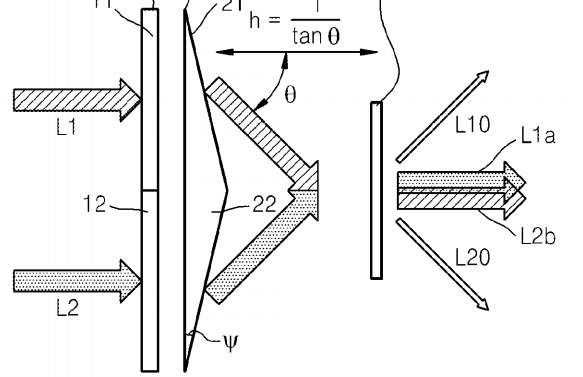
Several years ago, consumer electronic companies were actively marketing 3D television with the hopes that the technology would be a big seller. While the technology was available to the buying public, it was not hugely successful – partly because of the requirement that special glasses needed to be worn to see the 3D effect. The glasses could be cumbersome, and in some cases, expensive. Korea University Research and Business Foundation, and Samsung Electronics, have created a 3D television that does not require glasses in order to see 3D images. Instead, the technology creates a hologram. A stereoscopic image is displayed so that viewers are able to see in 3D. A prism allows modulated light to pass through to a polarization independent diffracting element. The invention allows holographic 3D images to be displayed with controllable amplitude and phase, so that a high quality image is produced.
7. MOON DUST ROCKET FUEL (U.S. Patent 7,773,362)
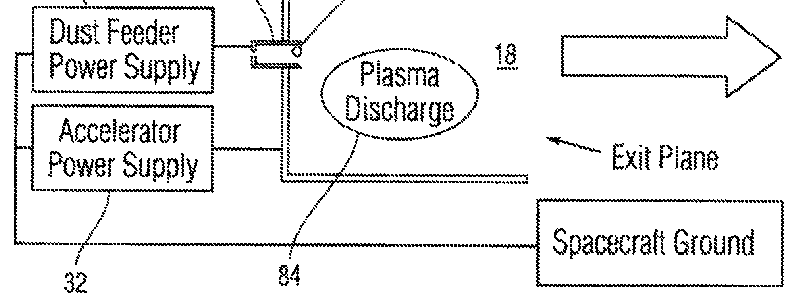
This patent is on this list, not because it is fairly new, but because the National Aeronautics and Space Administration (NASA) recently released this patent (and fifty five more) into the public domain. The heaviest part of a rocket that is launched into outer space is the fuel that is needed to fly the rocket to its destination and then bring the rocket back home to earth. But what if you did not need to carry with you all of the fuel that is needed to make the round trip? NASA patented technology that enables rocket fuel to be obtained from moon dust. A rocket propelled by moon dust could leave the earth, make a stop at the moon, and travel onward towards Mars with less initial fuel than is currently required. In releasing this patent to the public, NASA had a number of important objectives: 1) creating excitement in space technology; 2) encouraging innovation in space exploration; 3) motivating entrepreneurs to commercialize intellectual property acquired by NASA.
8. PHOTO PREVENTION TECHNOLOGY (U.S. Patent 9,380, 225)
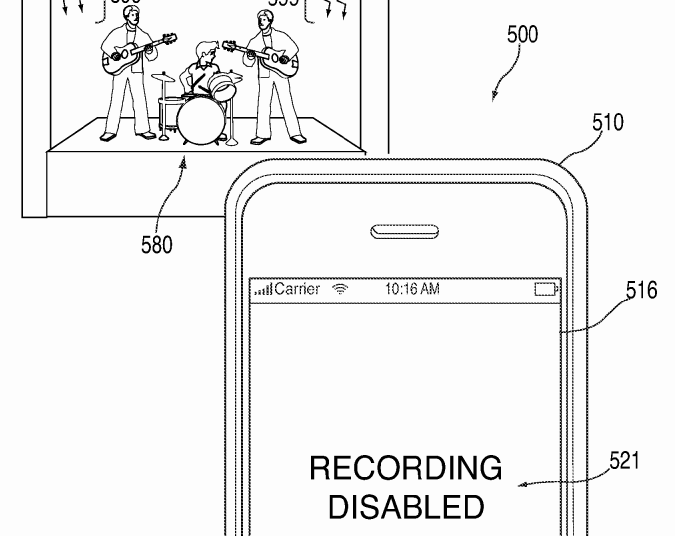
Sometimes organizations don’t want people taking photos. Images might be copyrighted, people might be viewing a product with trade secrets, or use of photography might be disruptive to a particular event. Yet, with today’s smartphone technology, it is so easy for someone to pull out their smartphone and snap a picture. How do you prevent people from taking pictures with their smartphone cameras? Apple has invented a technology that can disable a smartphone so that snapping photos is not possible. Circuitry transmits an infrared signal that is received by the smartphone’s camera. The smartphone includes software in its operating system that upon detecting the infrared signal disables the smartphone’s camera. The smartphone can be programmed to display a message stating that the phone’s camera function has been temporarily disabled.
9. SMART WATCH (U.S. Patent Application 2016/0094259)
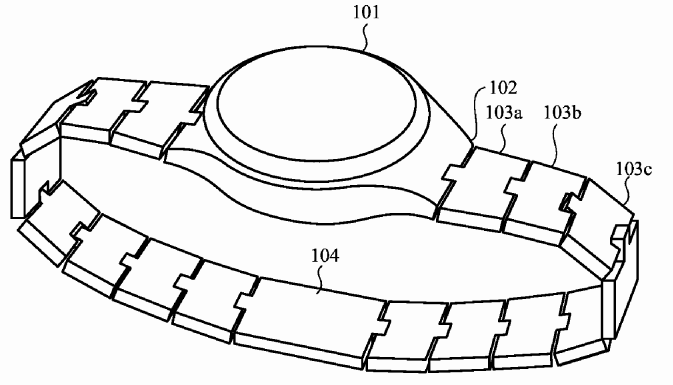
Watches, today, are sold with a plurality of “smart” functions. But what if you can customize a smart watch so that is performs the operations that you desire? Apple has filed a patent application for a watch that includes removable links. Each link enables the watch to perform a different function. A watch wearer can add or remove links from the watch depending upon the functions that he/she wants the watch to perform. Exemplary functions include GPS, thermometer, voice recorder, tracking, accelerometer, etc.
– By Lawrence E. Ashery

